Twelve European alpine resorts have locked arms and branded themselves “Best of the Alps.” That may sound pretentious but they really are the best of the best, offering Swiss-like-efficiency, capital-H Hospitality, and a tourism infrastructure second to nowhere. And then there’s all the extraordinary skiing.
These dozen classic resorts teeter above the alpine nations of Austria, France, Germany, Italy and Switzerland.
They all offer see-forever views, wide-ranging accommodations, to-die-for restaurants featuring regional cuisine, and history deeper than the abundant winter snowfalls.
Let’s begin by rolling the credits: Chamonix Mont-Blanc, Cortina d’Ampezzo, Davos, Garmisch-Partenkirchen, Grindelwald, Kitzbühel, Lech Zürs am Arlberg, Megève, St. Anton am Arlberg, St. Moritz, Seefeld and Zermatt.
They stretch along the horseshoe-shaped Alps from Mont-Blanc to the Matterhorn, way up there where the road gets thin and beautiful and so do the people.
So let’s schuss through these resorts and see what’s there.
Chamonix Mont-Blanc
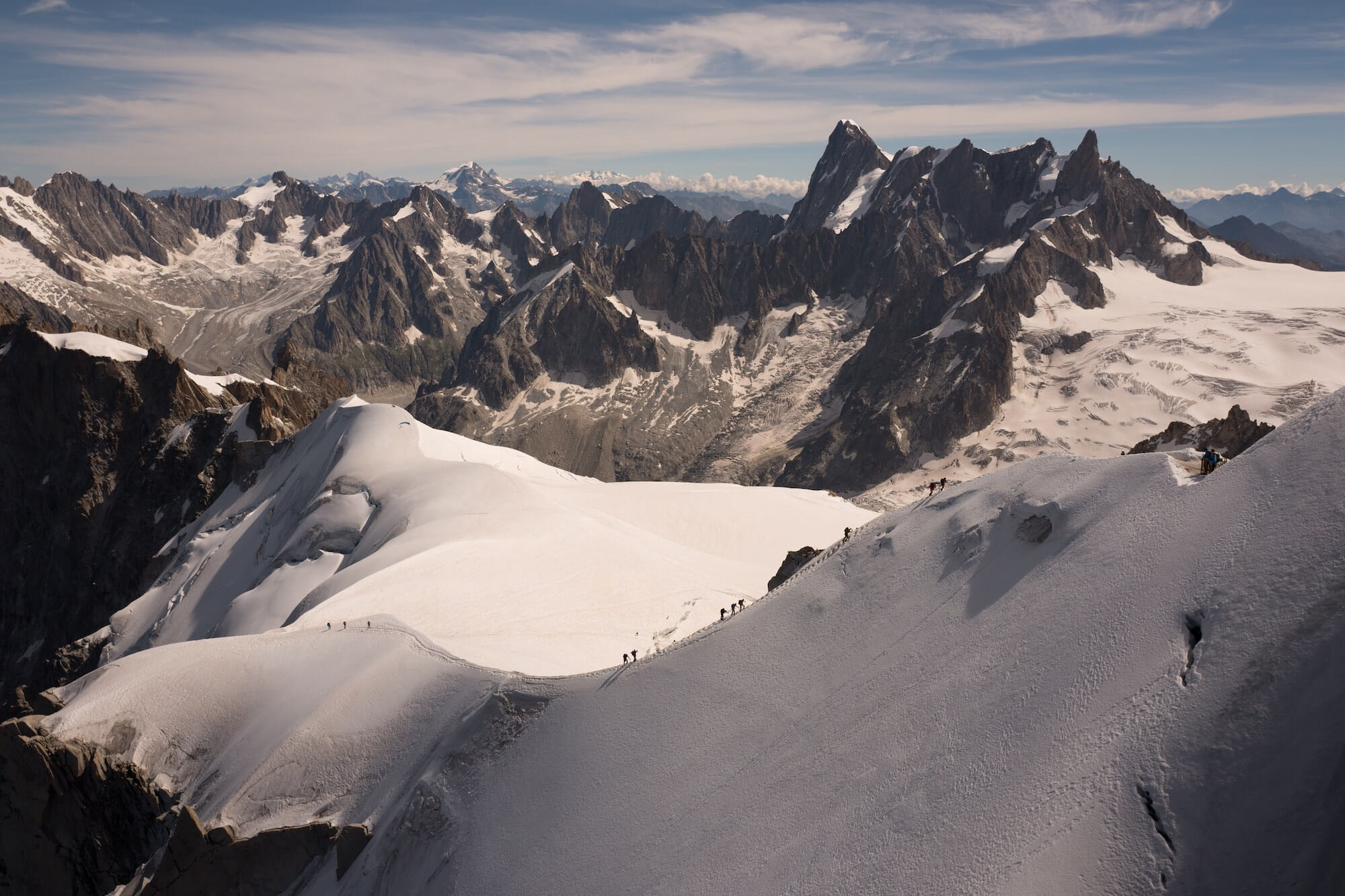
Chamonix Mont-Blanc
Chamonix is the best-know French resort in the Alps. It was the venue for the first Winter Olympic Games in 1924. Today it’s Ground Zero for adventure sports in the Alps. The place is fuelled on the adrenaline of extreme skiers and climbers, base jumpers, wing-suit flyers and the next new thing.
Accommodation-wise, let’s stick with the best-of-the-best theme. We doff our berets to Hotel Mont-Blanc, the ideally situated and recently renovated 100-year-old Grand Dame of Chamonix inns. The hotel’s Le Matanfan restaurant challenges the best menus in Paris. Off the slopes, don’t miss the Alpine Museum in Chamonix, located in the exquisite Chamonix Palace.
Cortina d’Ampezzo
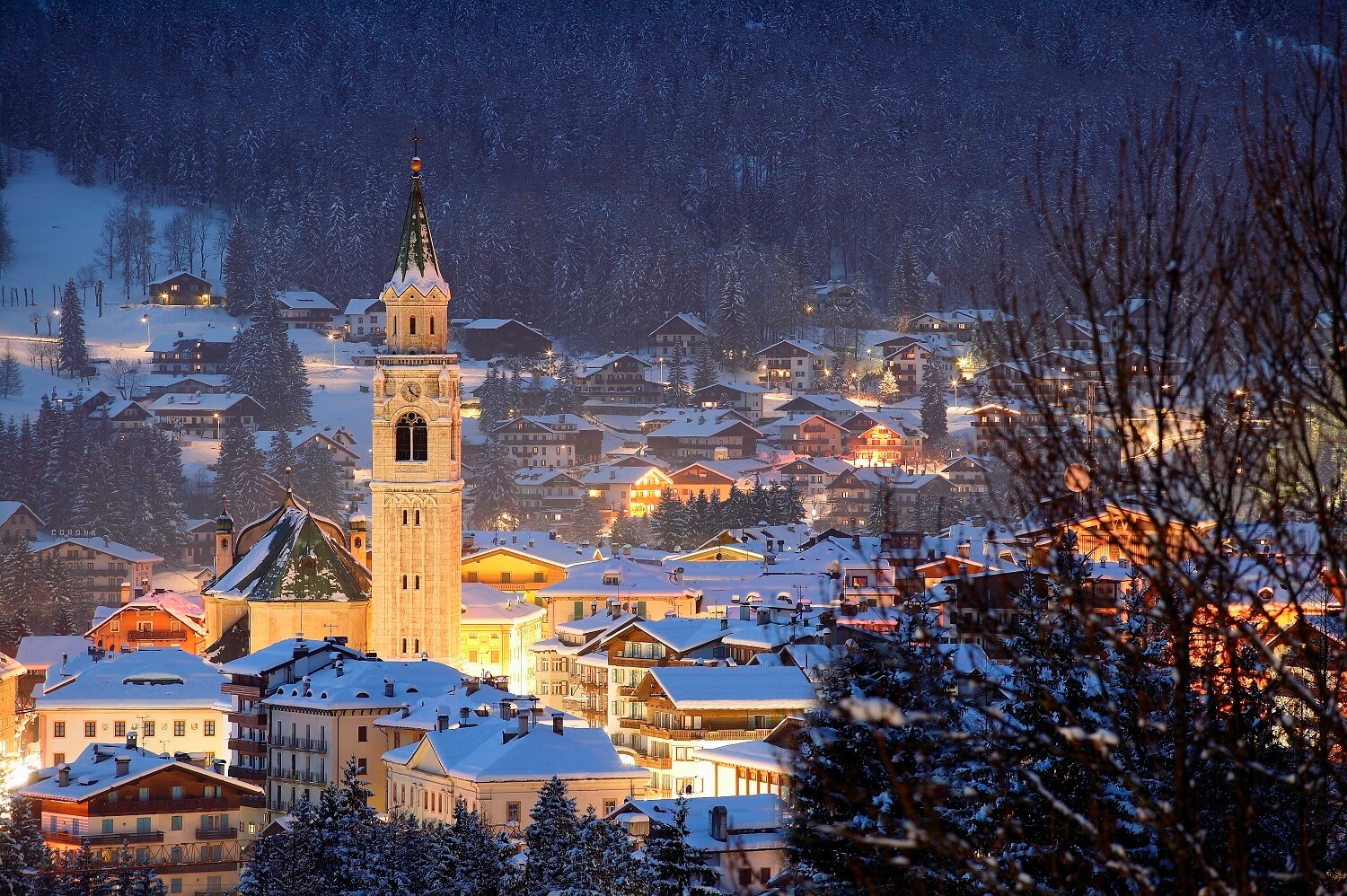
Cortina d’Ampezzo
Tucked into Italy’s vaulted Dolomite Mountains, glitzy Cortina d’Ampezzo offers la dolce vita off and on the slopes. Fur coats outnumber ski suits along the streets. But don’t be fooled. This 1956 Winter Olympic venue interconnects with 750 miles of downhill ski trails in 12 valleys utilizing nearly 500 ski lifts. Linked resorts like this are the hallmark of skiing in the Alps. In North America we go up and down; skiers in the Alps go round and round.
Cortina’s best digs, Hotel de la Poste, has been run by the Manaigo family since it opened in 1835. For traditional Ampezzo dishes we recommend El Camineto. For entertainment, stroll the Corso in the center of town amid clouds of Chanel 5 and cigar smoke.
Davos
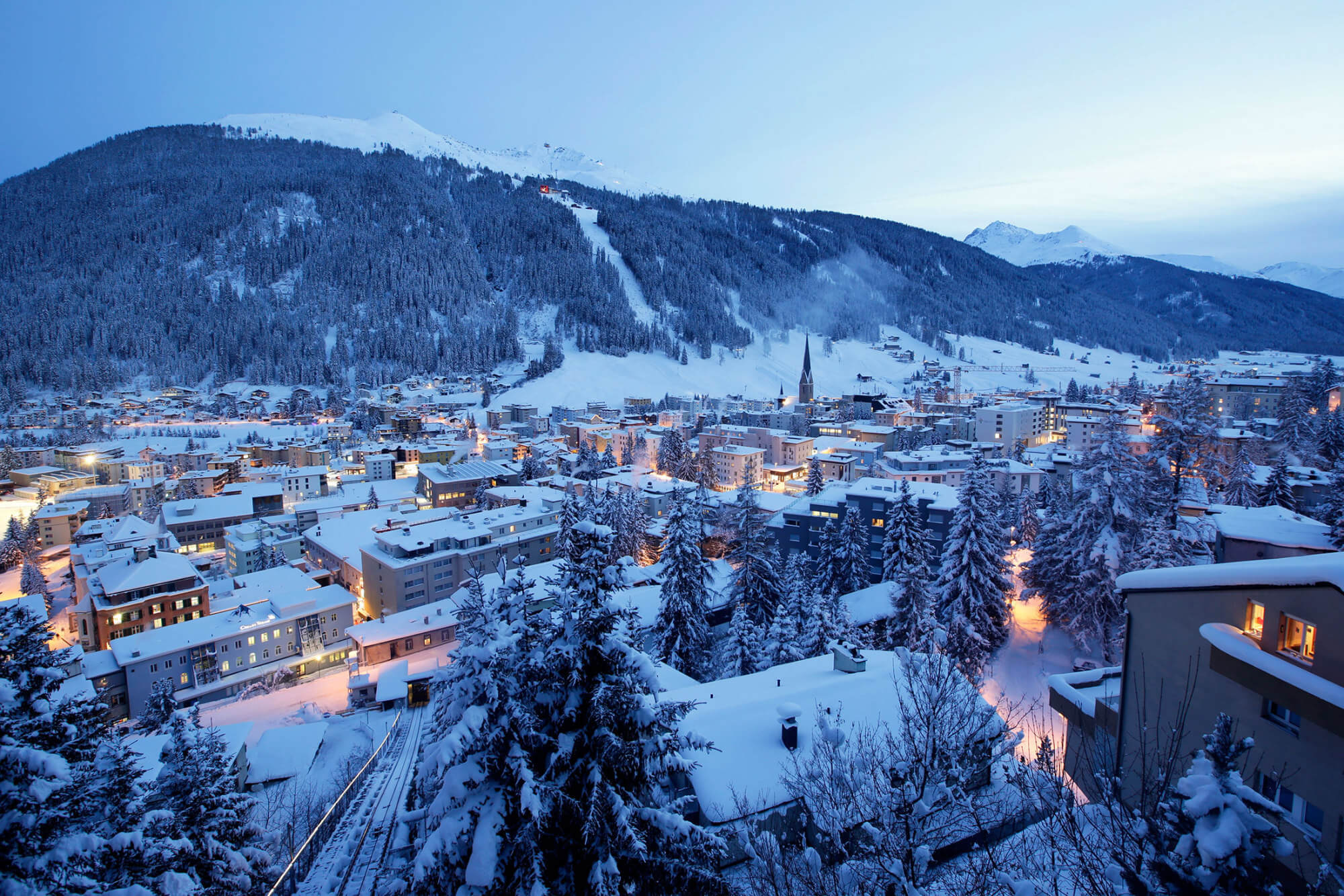
Davos
Davos is where Prince Charles nearly died in an avalanche (he did lose a friend). It’s the only city in the Alps and it’s as famous for its think tanks, especially the annual World Economic Forum, as it is for its far-reaching slopes. A daylong ski tour leads to the Swiss resort of Arosa, which was made famous by Sir Arthur Conan Doyle who visited in 1894. The Parsenn ski area of Davos was the site of the first downhill race back in 1924.
We like the new Intercontinental Davos hotel perched overlooking the vast alpine playground with sheets like fresh dollar bills. We’re also big on the Old World Pöstli Restaurant. The Kirchner Museum offers insights into the community through the work of Ernst Ludwig Kirchner.
Garmisch-Partenkirchen
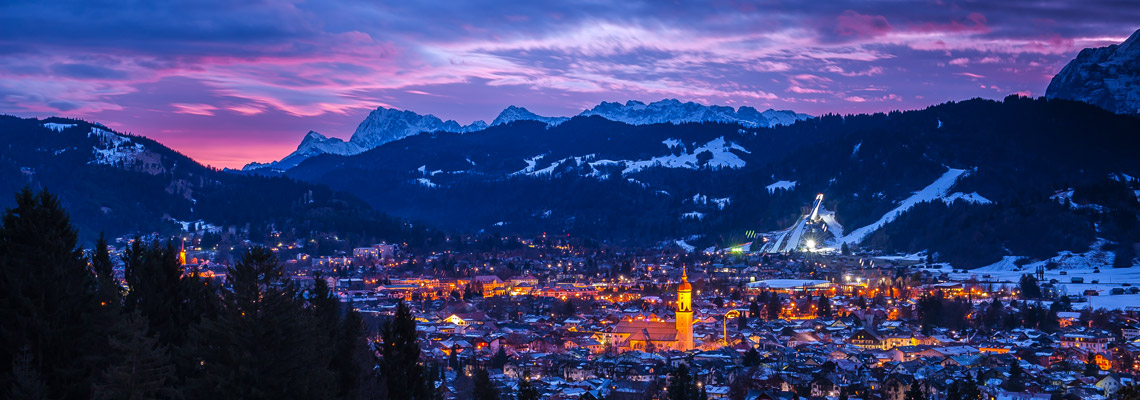
Garmisch-Partenkirchen
Located beneath the 9,718-foot Zugspitze, Germany’s highest mountain, the combined town of Garmisch-Partenkirchen hosted the 1936 Winter Olympic Games. The warren of old streets defines Bavarian architecture with outdoor frescoes beaming from pastel stuccoed buildings surrounded by glacier-carved summits. The skiing is varied and often challenging. And the infamous Kandahar downhill race is one of the toughest on the World Cup tour.
The Hotel Zugspitze lords over the rest of the Garmisch-Partenkirchen’s accommodations. Interesting side trips include King Ludwig II’s castles at Linderhof and Neuschwanstein. For classic Bavarian dining we like Reindl’s Restaurant. Also not to be missed is the old Ludwigstrasse section of town, where The Werdenfels Museum itself is located in a museum-piece-like fifteenth-century home.
Grindelwald
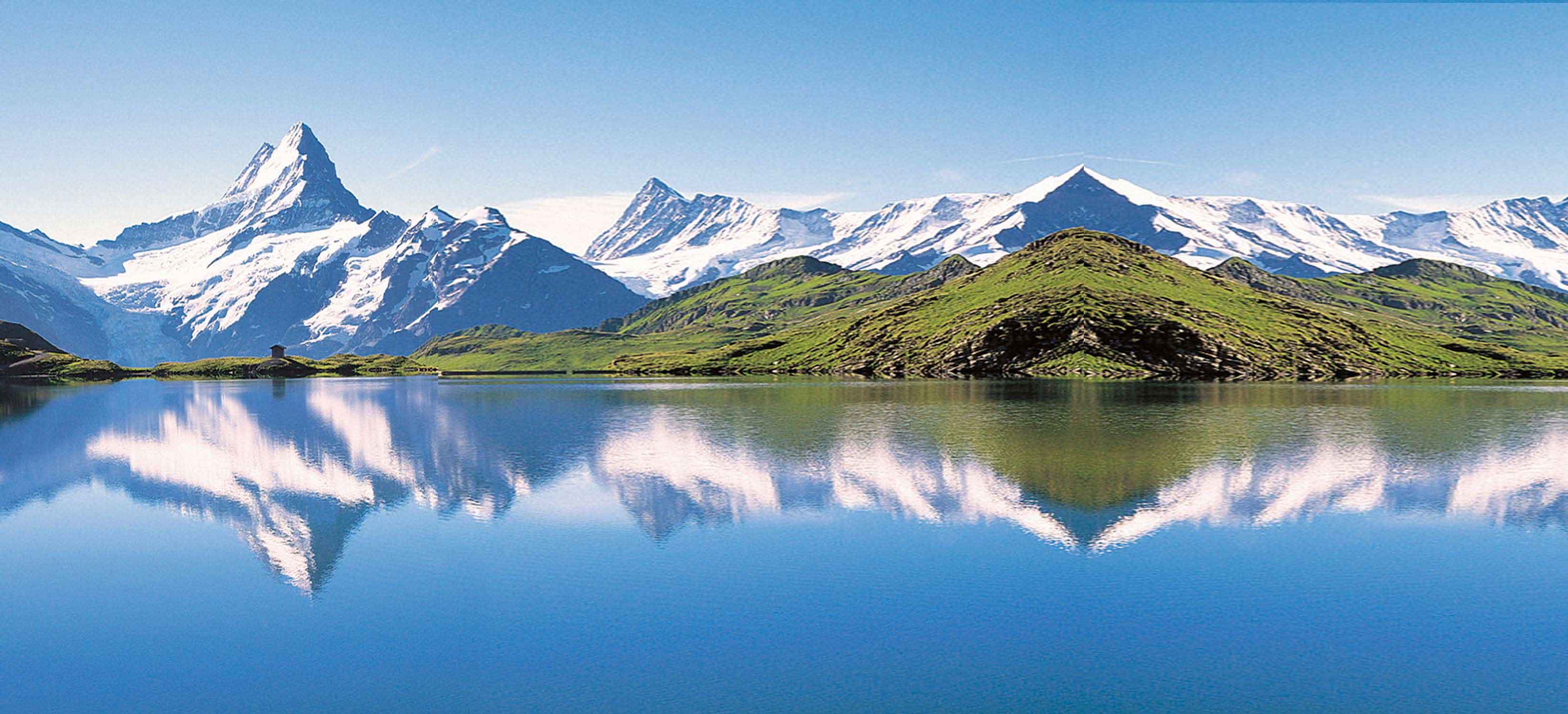
Grindelwald
The uniquely Swiss storybook village of Grindelwald is dwarfed by glacier-covered summits (including the infamous North Face of the Eiger), and visited by toylike electric trains grinding up the mountains. Visually, this is about as good as the Swiss experience gets.
The chateau-style Grand Regina would receive top-ratings in any European capital, but this setting amid the famed Bernese Oberland makes it seem out of this world. Most of the best dining is found in the region’s hotels. Perhaps the best of them all is Schmitte, located in the Hotel Schweizerhof, which ranks right up there with the Grand Regina.
Kitzbühel
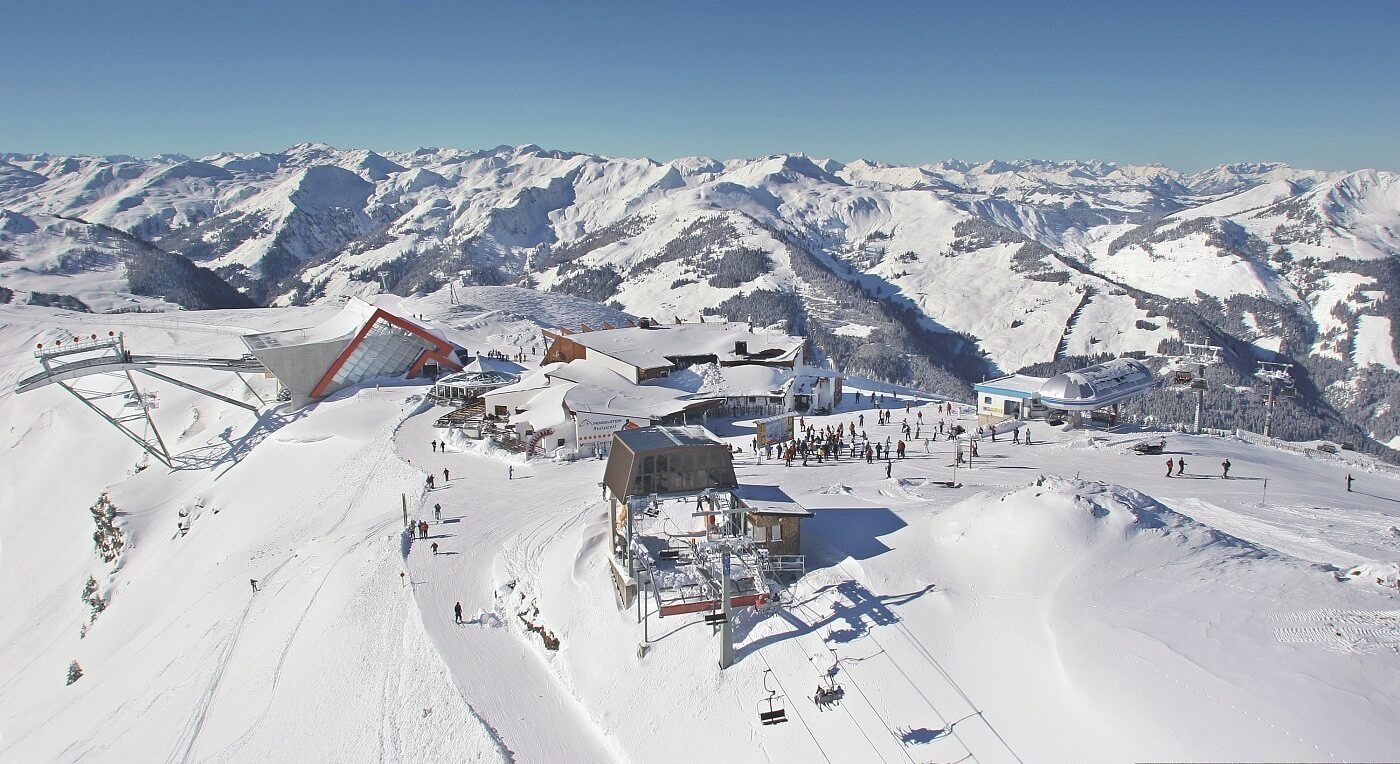
Kitzbühel
Kitzbühel is Austria’s most glamorous resort and usually produces more ski champions than anywhere in the world. This is the heart of the Tyrol, a poster pinup of everything we hope to find when skiing Europe. The fourteenth-century St. Andreas church bells toll and the sweet scent of apfelstrudel drifts with mountain air along the cobbled, car-free streets of Old Town.
Five-stars-and-counting Hotel Tennerhof is as elegant as it gets in this town, which is as famous for its après-ski as it is for its slopes. The elegant restaurant Kupferstube is usually acclaimed as the best kitchen in town. We agree. Both Innsbruck and Venice are just an hour away via train and make for a wonderful daylong excursion away from the slopes.
Lech Zürs am Arlberg

Lech Zürs am Arlberg
Lech Zürs am Arlberg is the last bastion of five-star skiing in Austria. The slopes are as groomed as the mostly silver-haired folks who ski here. Lech’s Old World charm has always been popular with the well-to-do and the well-known, including royalty. Above Lech, the village of Zürs is one of the most exclusive ski destinations in the world.
There’s a glut of high-end hotels in the area, but we like to go sideways here and stay with Olympic downhill champion Egon Zimmermann at his four star Hotel Kristberg, where we never tire of the stories from this kind, gentle and brave man. If you’re craving more luxury, visit the Burgvital Resort and its over-the-top restaurant.
Megève
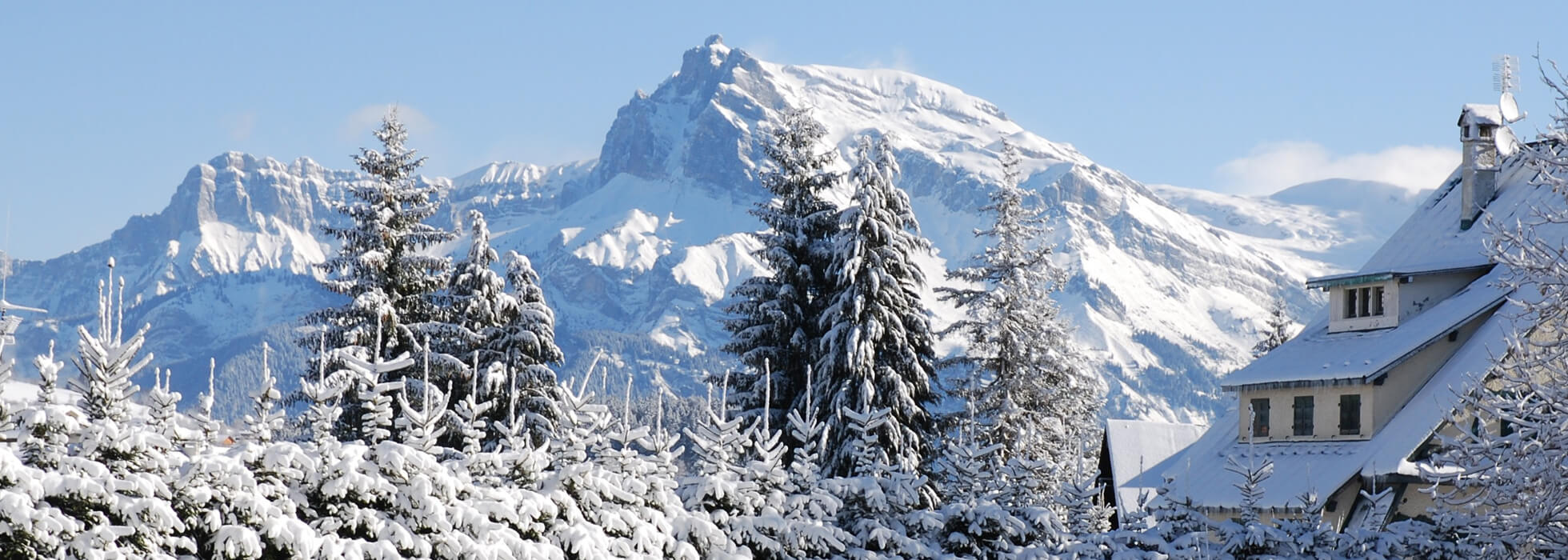
Megève
Stylish Megève is as much a state of mind as a place. The sunny Mont Blanc neighborhood is all you can ask of the Alps. It’s perhaps the most romantic and charming among the dozen resorts that make up the Best of the Alps, although the slopes are relatively tame. The medieval-style village showcases luxury digs, fine French cuisine and swank shops.
But some of France’s best Haute Savoie cuisine is found in the myriad on-mountain restaurants that border Megève’s slopes. Take your pick – you can’t go wrong. The most acclaimed restaurant is Flocons de Sol, and on this we agree with other professional critics. Off the slopes, explore the thermal baths at St. Gervais.
St. Anton am Arlberg
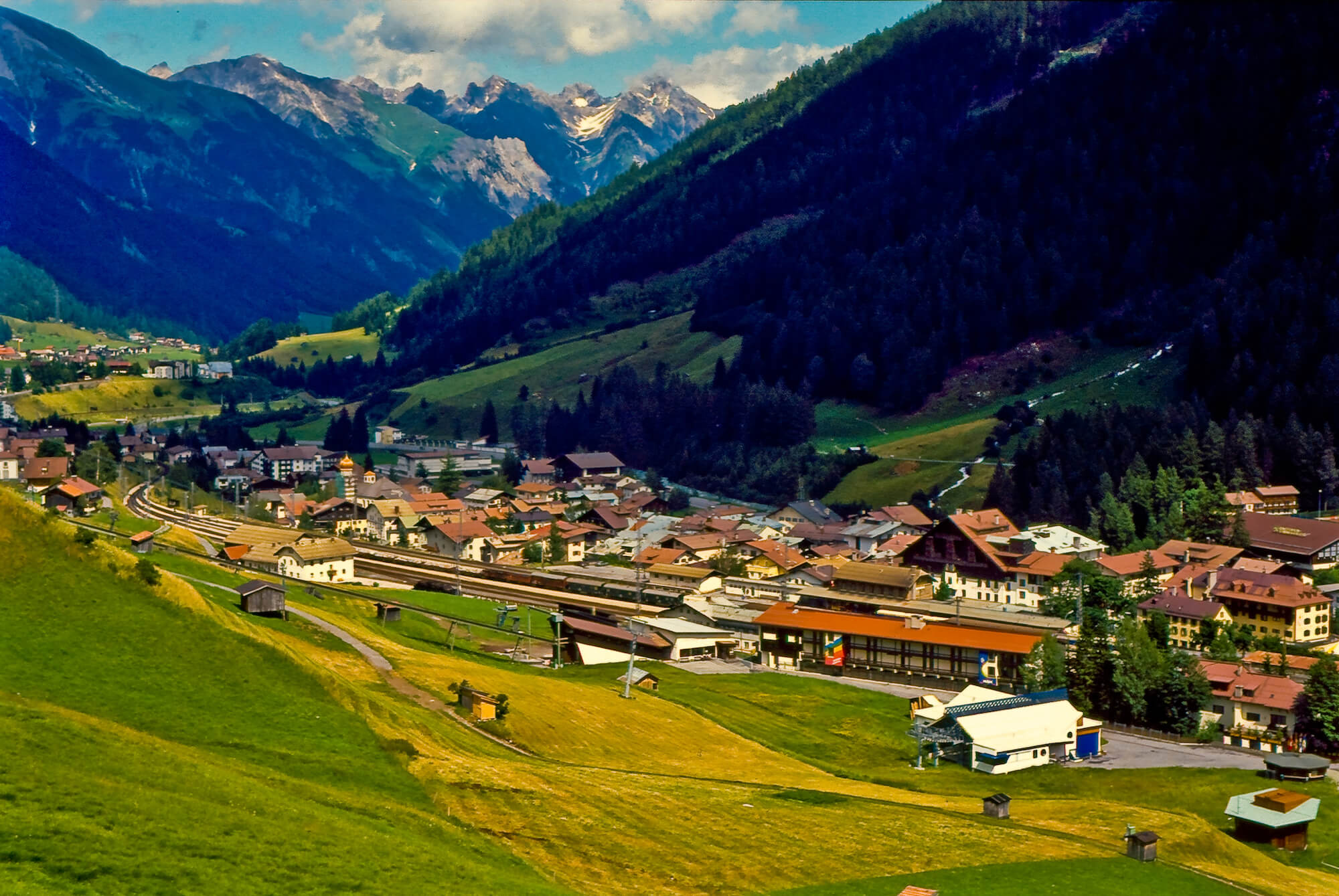
St. Anton am Arlberg
St. Anton am Arlberg yields up Austria’s most famous ski terrain. Some believe its ski instructors taught the world to ski, moving to new mountain ranges like missionaries. The sweeping ski circus is vast and exciting. The emphasis is on good, hard skiing by day, and raucous partying at night. The quality of both is uncommonly high.
Hotel Schwarzer Adler in St. Anton has served us well over the years and we highly recommend it. For a cozy evening, we like to dine by the fireplace at The Museum Restaurant located in the 104-year-old Trier villa, which by day houses St. Anton’s outstanding museum.
St. Moritz
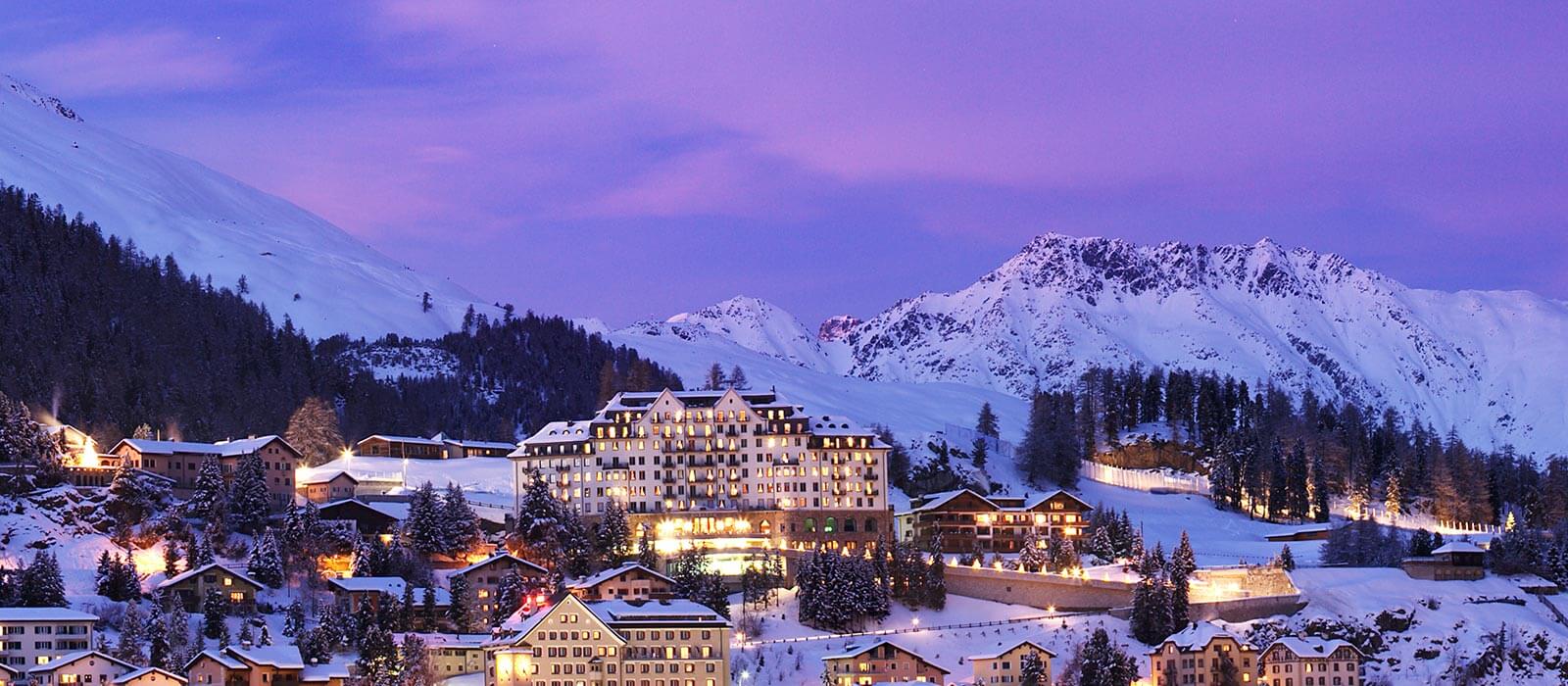
St. Moritz
Surprisingly, the only Olympic site in Switzerland is St. Moritz, host of the Winter Games in1928 and then again in 1948. Set within the spectacular mountains of the heart-shaped Upper Engadine above a string of lakes beneath 13,000-foot Piz Bernina, St. Moritz is arguably the world’s most famous winter address.
Back in 1864, a local innkeeper named Johannes Badrutt dared his British summer guests to return in winter with a money-back guarantee if they weren’t satisfied. From that, the world’s first winter resort evolved. Badrutt’s Palace Hotel remains perhaps the most exclusive accommodations in the ski world. And you can’t beat the hotel’s dining options. Bring your no-limit credit card.
Seefeld
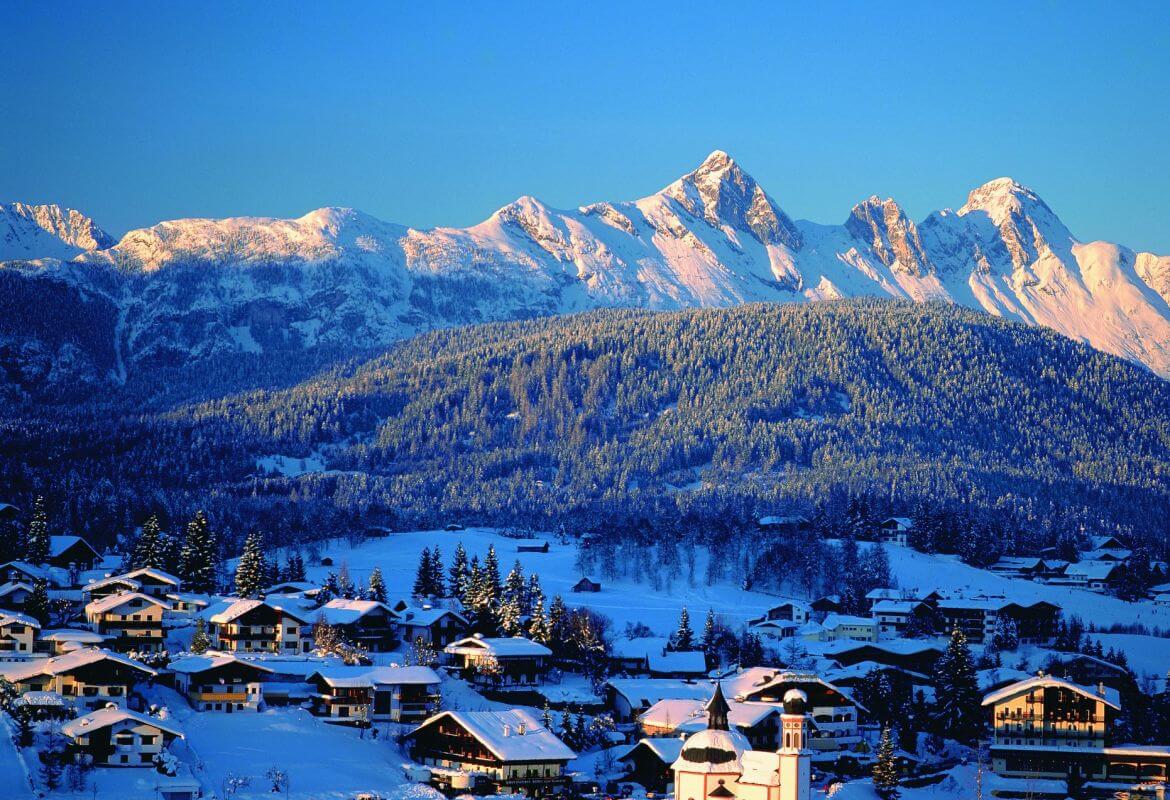
Seefeld
Located just 15 miles south of Innsbruck, Seefeld is one of the prettiest spots in the Alps. And it’s ancient, first mentioned in Roman documents in the year 1022. The heart of the village is a car-free, cobblestone center rimmed by steep roofs, ornate balconies and typical Tyrolean post-and-beam architecture.
Hotels are small, intimate and upscale. Most of them are family run. Particularly pleasing is the five-star Hotel and Spa Klosterbrau, built around a former sixteenth-century monastery. Dining in the hotel’s 500-year-old wine cellar is a memory lasting long after the deep snow turns into even deeper wildflowers.
Zermatt
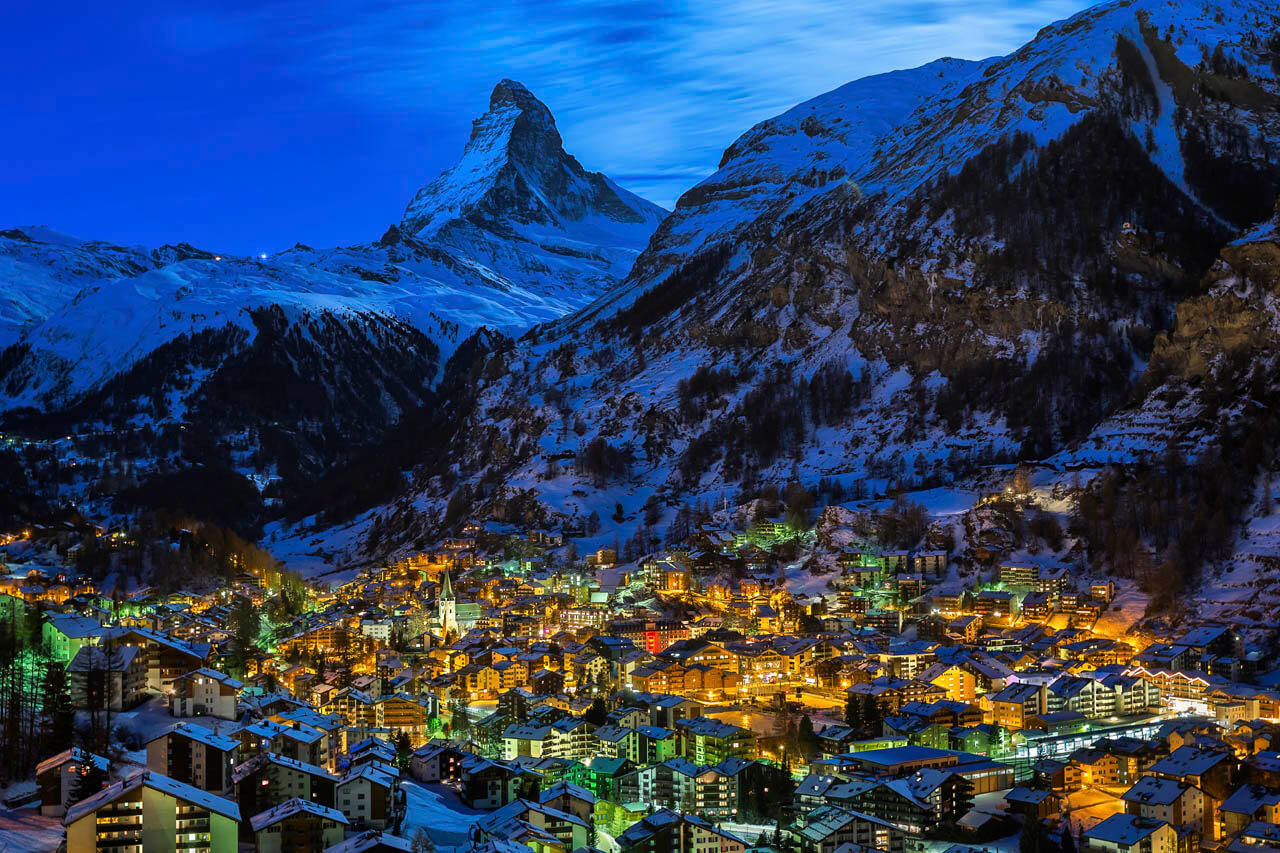
Zermatt
Surprisingly, this alphabetical listing of the Best of the Alps has saved the best for last. Zermatt is where we most like to ski. You can almost reach out and touch the Matterhorn in this carless village, whose ambience is as rich as a Swiss chocolate bar. It’s the kind of place that would stop a thousand tour buses a day, if they were allowed up this extraordinary valley. The skiing is all you could ask for.
The Grand Hotel Zermatterhof does the resort proud. But we also like the Riffelalp Resort located midway up the mountain, which offers a wide-ranging choice of restaurants. The nearby Findeln area is touted as the finest collection of mountain restaurants in the world. A visitor would be remiss not to seek them out. Especially appealing is the Findlerhof Restaurant.